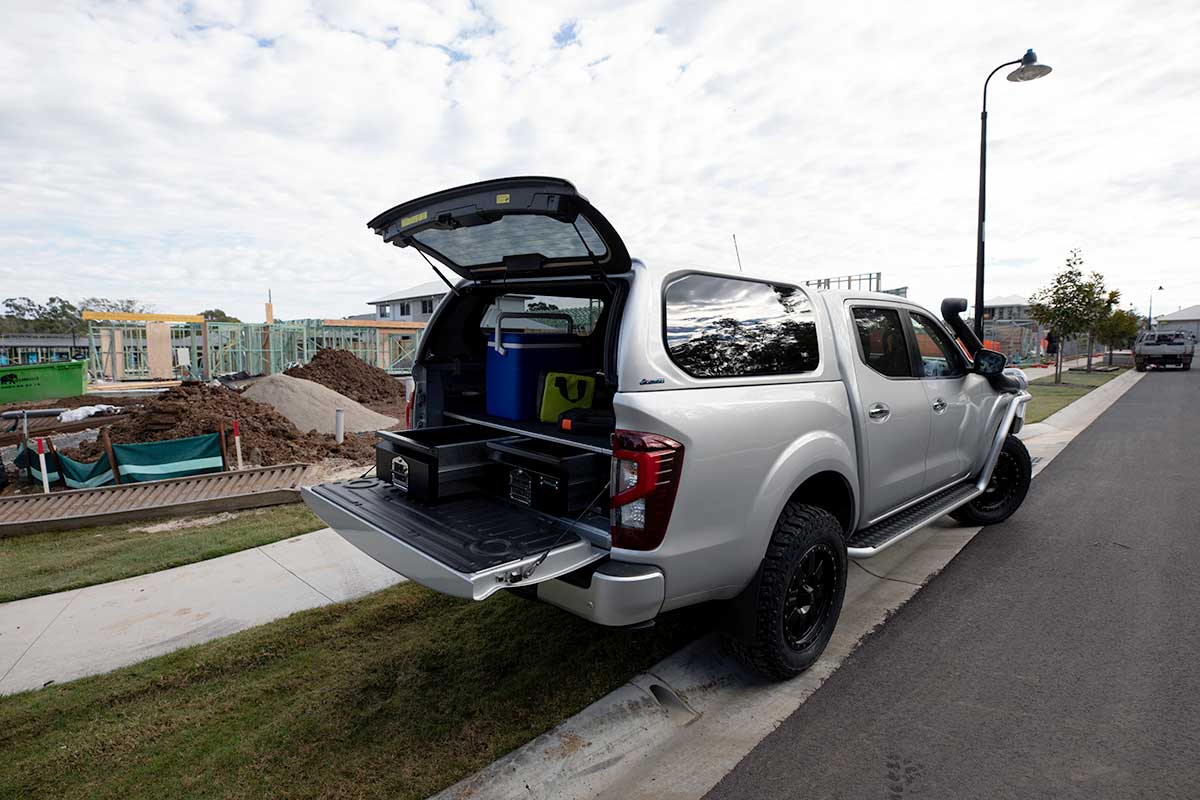When it comes to protecting your home, the roof is an incredibly important component. Our roofs keep us safe from the elements and provide the necessary shelter and insulation that keeps our homes comfortable and livable. Unfortunately, many homeowners forget to think about the impact of weather on their roofs and the importance of reinforcing their roofs to ensure that they last for years to come. This blog post will explore the effects of weather on our roofs, as well as potential solutions for reinforcing them to help protect our homes. By understanding how weather can affect our roofs and taking proactive steps, we can save ourselves a lot of money, time, and hassle. We’ll discuss the most common types of weather damage and how to prevent it, tips for avoiding leaks and other water damage, and specific steps you can take to make sure your roof can withstand any type of weather. By taking a few simple steps, you can rest assured that your home and your family are safe and protected.
- Inspect your roof regularly
Inspecting your roof regularly is one of the most important things you can do to protect your home from the effects of weather. Checking for any missing, damaged, or loose shingles is essential to ensure that your roof is able to protect your home from rain, snow, and wind. Additionally, you should also be looking for signs of water damage, such as stains or discolored patches on the roof or walls, and any areas that may be leaking. If you find any of these signs, you should contact a professional roofer right away to fix the issue.
- Seal any gaps or cracks in the roof
Even small gaps or cracks in your roof can lead to a lot of damage come wintertime. All it takes is a few snowflakes, or a bit of wind-driven rain, and you can find yourself with a roof in need of repair. That’s why it’s essential to inspect your roof for any gaps or cracks. If you find any, be sure to seal them up with a quality roof sealant. This will help to protect your roof from the elements and keep you warm and comfortable all winter long.
- Remove debris from gutters
One of the most important tasks you can do to protect your roof from the weather is to keep your gutters free of debris. Leaves, branches, and other materials can collect in your gutters, clogging them and preventing them from functioning properly. This can cause rainwater to overflow, which can lead to water damage, including interior damage to your home. To prevent this from happening, be sure to check your gutters regularly and remove any debris you find. This simple step can help protect your roof from the weather and extend its lifespan.
- Trim back trees and bushes
The impact of weather on your roof can be a serious concern. To protect your home, it is important to take steps to prevent damage caused by weather. One way to do this is to trim back trees and bushes that are close to or growing on your roof. Overhanging branches can become a source of water when it rains, which can lead to water getting into the roof and causing damage. Tree and bush branches can also provide an easy access point for pests and animals. Taking the time to trim these plants will help to reduce the chance of water and pests penetrating your roof.
- Check for moss or algae growth
Keeping your roof in good condition means regularly checking for moss or algae growth. Moss and algae can create moisture that can seep into your home, leading to wood rot or other structural damage. The best way to check for moss or algae growth is to take a look at the roof after it rains. Also, if you live in an area with frequent weather changes, check the roof during the spring and fall as well. If you notice any signs of moss or algae, use a pressure washer to remove it. If it’s particularly stubborn, you may need to use a biodegradable cleaning agent.
In conclusion, the weather can have a significant impact on your roof and home. You should inspect your roof at least twice a year and make necessary repairs to keep it in good condition. Additionally, you should consider taking preventative measures to protect your roof from the elements such as installing an ice and water shield, adding insulation, and using weather-resistant shingles. By taking these steps, you can help ensure that your roof and home are protected from the weather.




